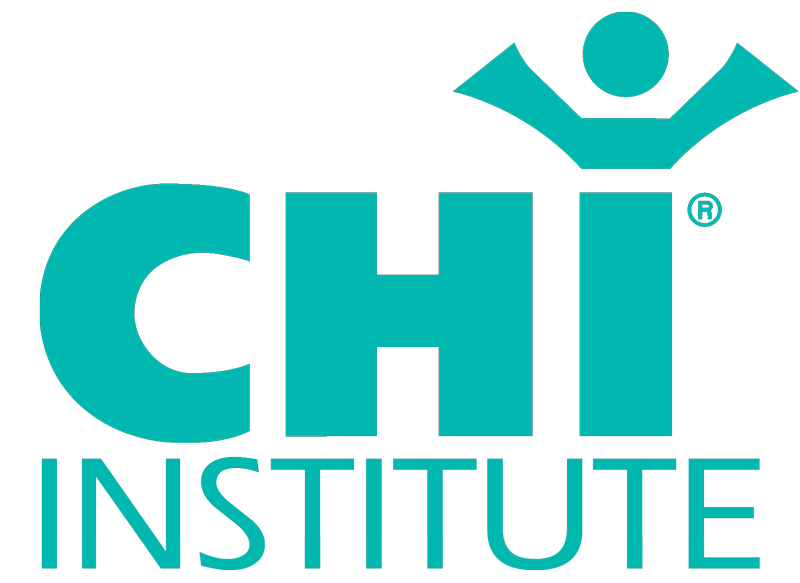
Infratonic Therapy and The Immune Response
Fifty cases of child bronchial asthma were treated with the Infratonic and routine drugs. The control group of 15 cases was treated with routine drugs only.
MISSING FIGURE #1
Pie Charts showing changes in percentages of Asthma symptoms after treatment. The left pie chart represents the group of subjects that were treated with the Infratonic device plus medicine. The right pie chart represents the group of children that was treated only with medicines
To determine the effectiveness of the Infratonic treatment the children’s symptoms were evaluated and the T-lymphocyte subpopulation (CD2, CD4, CD8, and CD4/CD8) of peripheral blood was measured.
The results show that 94% of the Infratonic treated group improved symptoms (see chart below), in contrast the control group showed 80% improvement. Statistical determination indicates a more obvious therapeutic effect in the treatment group than that in the control group (P<0.01), Figure #1..
MISSING FIGURE #2
Changes in the T-Lymphocytes titer after treatment.
T-lymphocytes were measure from peripheral blood using the bridge ligase labeled method. The blue columns represent the Infratonic plus meds treated group. The red columns represent the control group treated only with meds.
The analysis of the T-lymphocyte subpopulation showed a much greater increase in immune response in the Infratonic treated group than in the control group treated by routine drugs only (Figure #2). The decrease in CD2 subpopulation in the control group was not statistical significant (P>0.05), the rest of the T-cell measurements were statistically significant obtaining P values as follow, P<0.01 and P<0.05 for Infratonic and control group respectively.
A second study showed an accelerated immune response in Rabbits treated with the Infratonic. In one laboratory test, 12 rabbits were used, six in the control group, and six treated with the Infratonic. Blood samples were drawn from each rabbit to test for blood serum antibody concentration.
MISSING FIGURE #3
FIGURE #3. Average of serum antibody levels in arbitrary units. The antibody levels of the group receiving the Infratonic treatment (blue columns) rose much higher and much earlier than that of the control group (red columns).
The results show that, in the control group, after bacterial infection, body temperature rose rapidly during the first 24 hours, a fever resulting from a respiratory infection. The Infratonic treatment group regulated the body temperature better than the control group. The results also show that the Infratonic treatment group activates the body’s immune system accelerating antibody production (see Figure #3).


Comments (0)